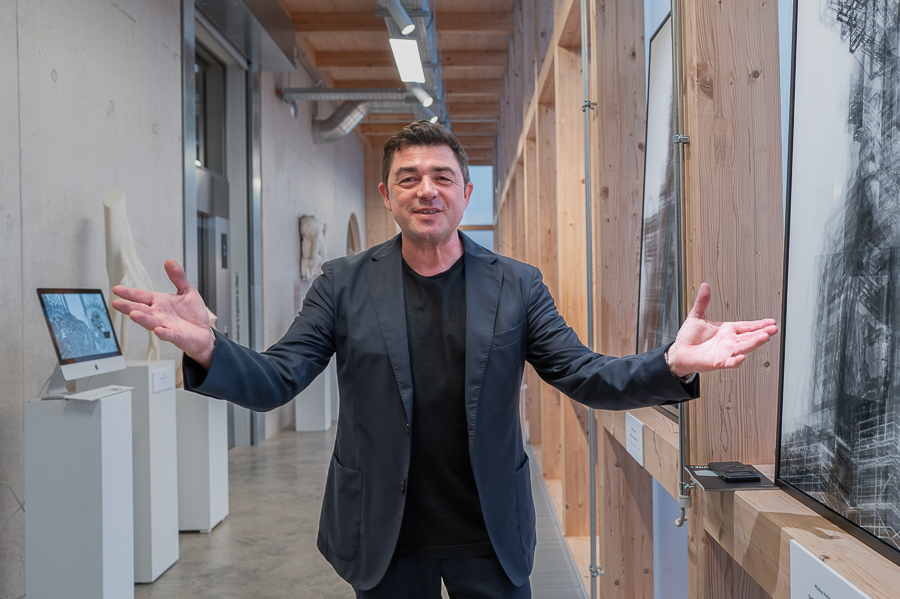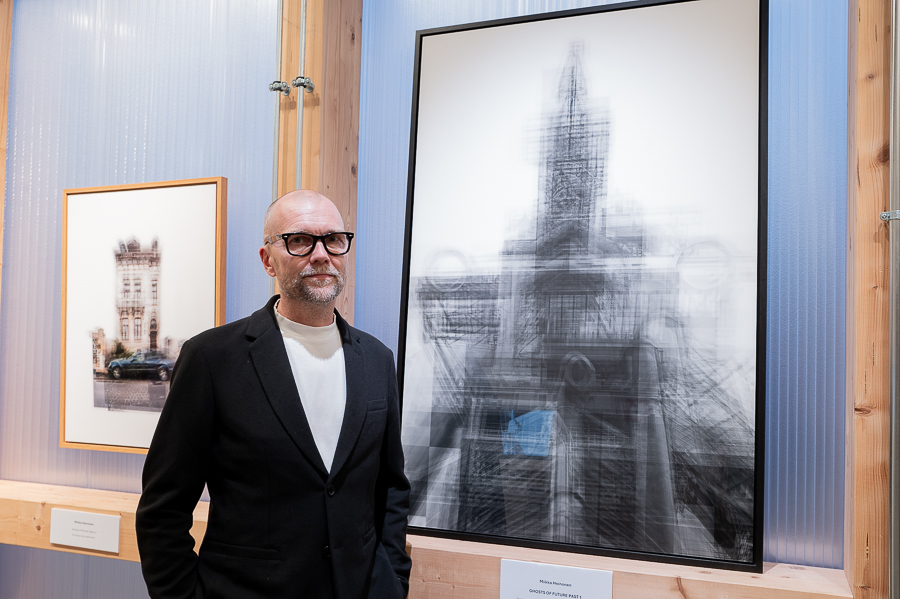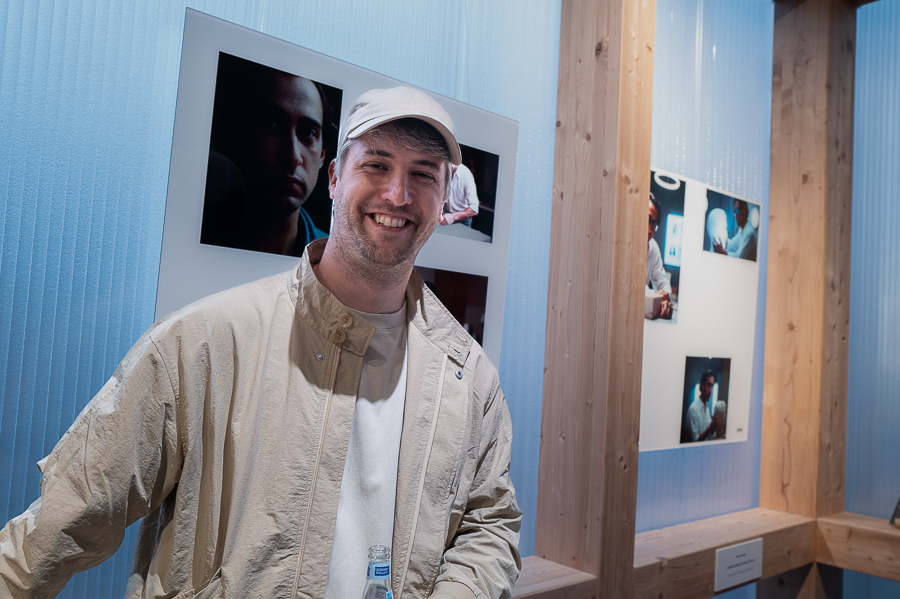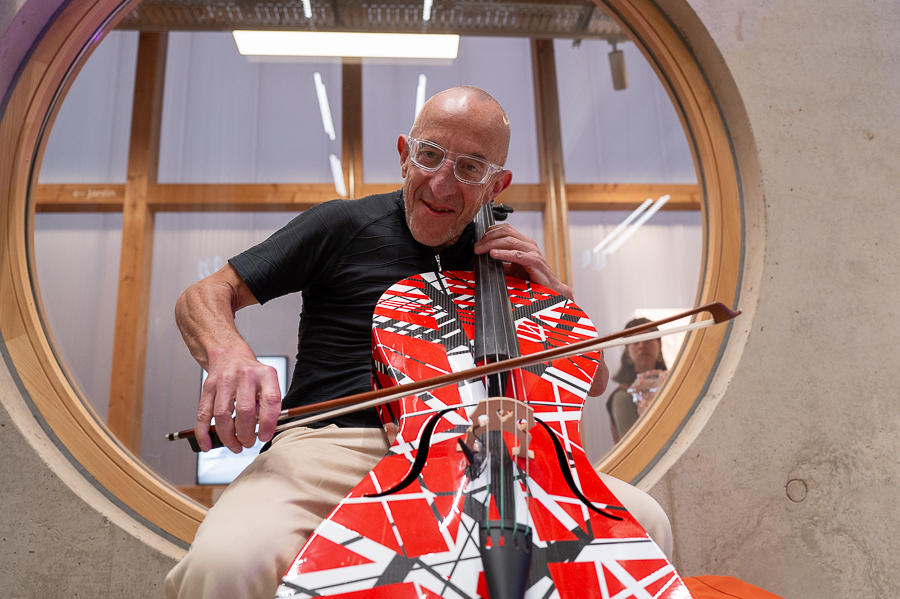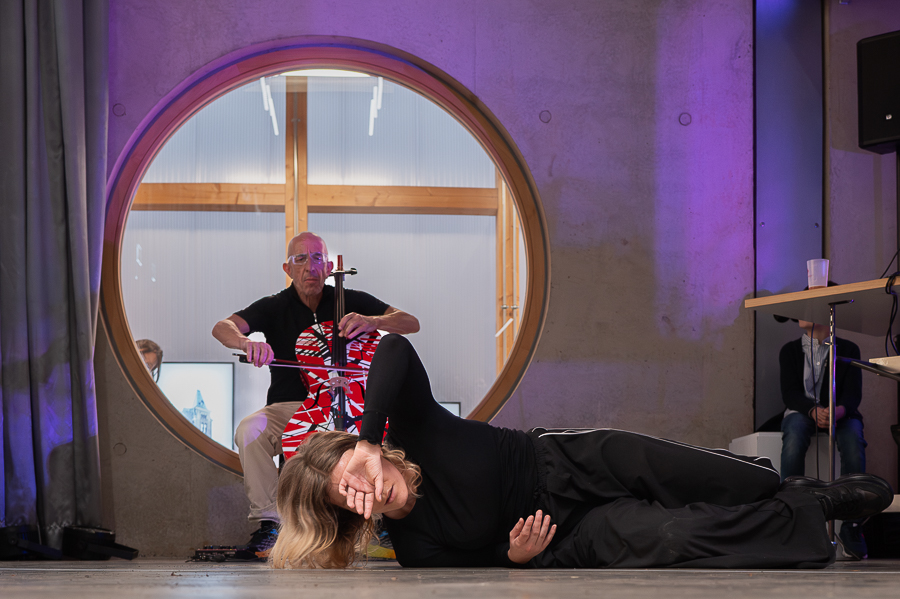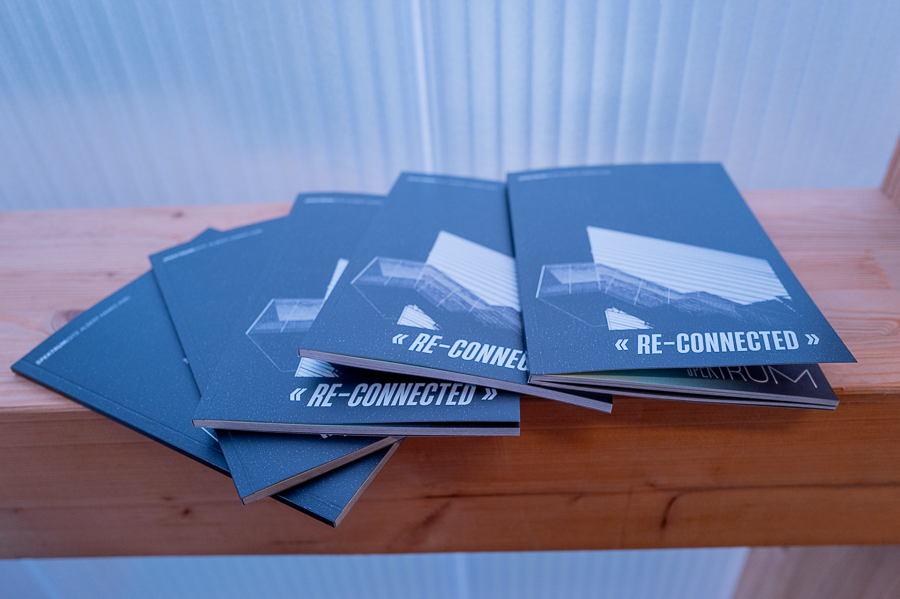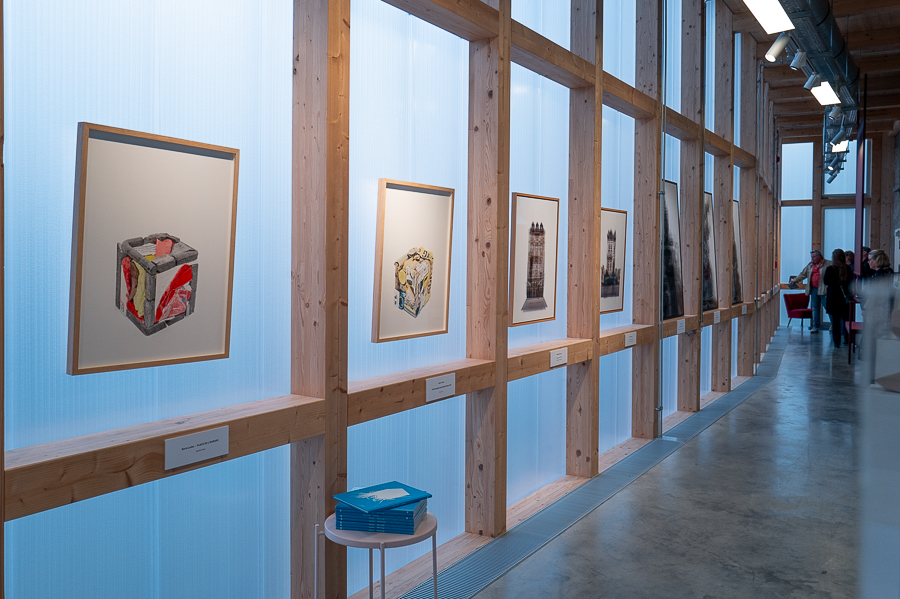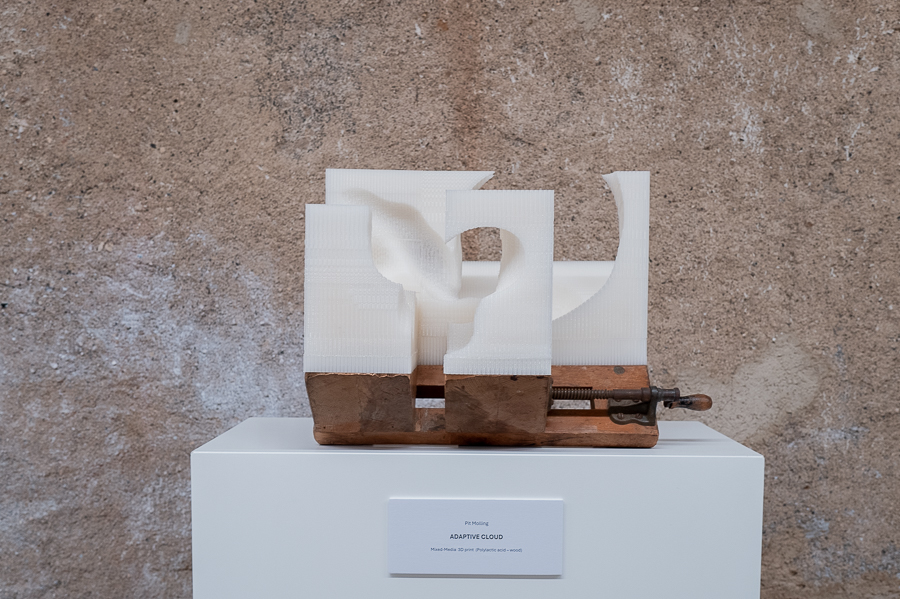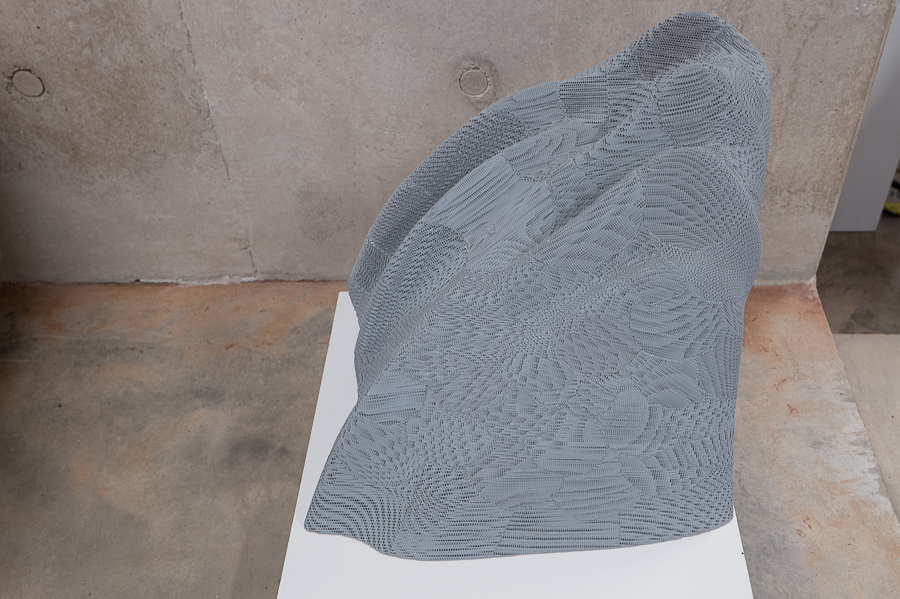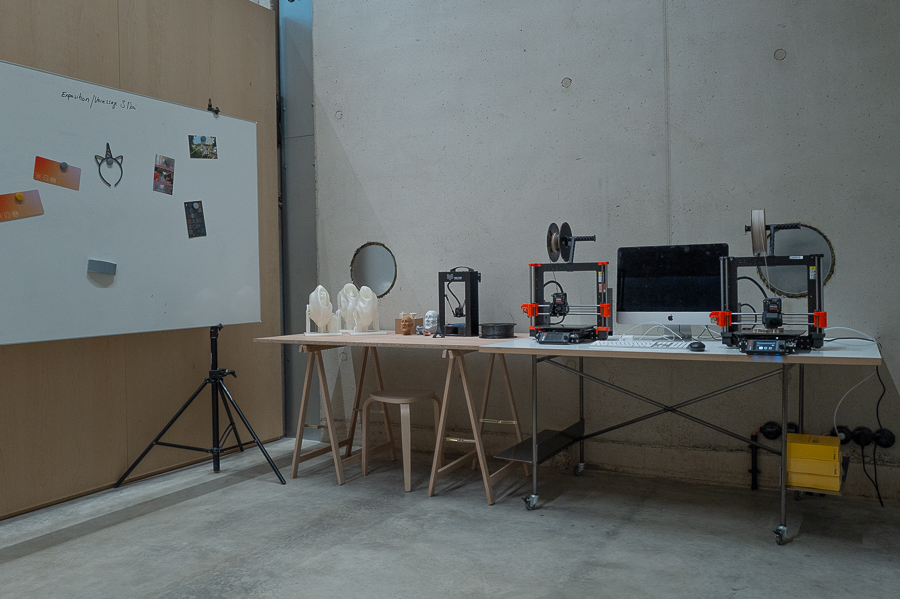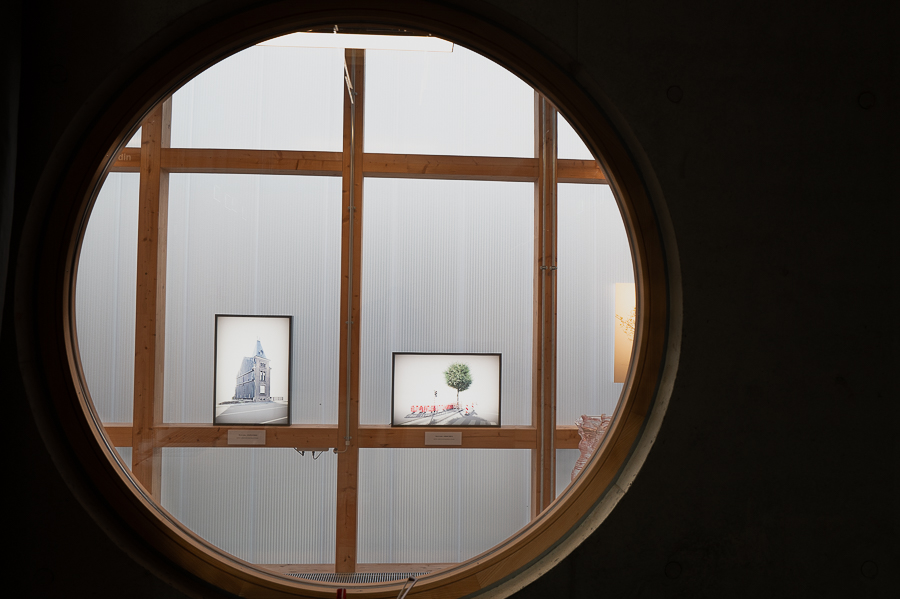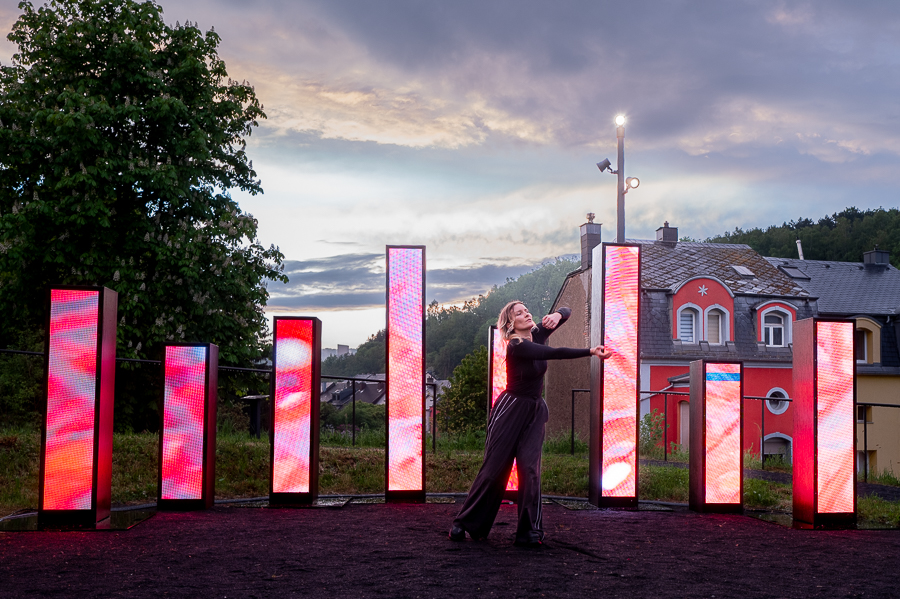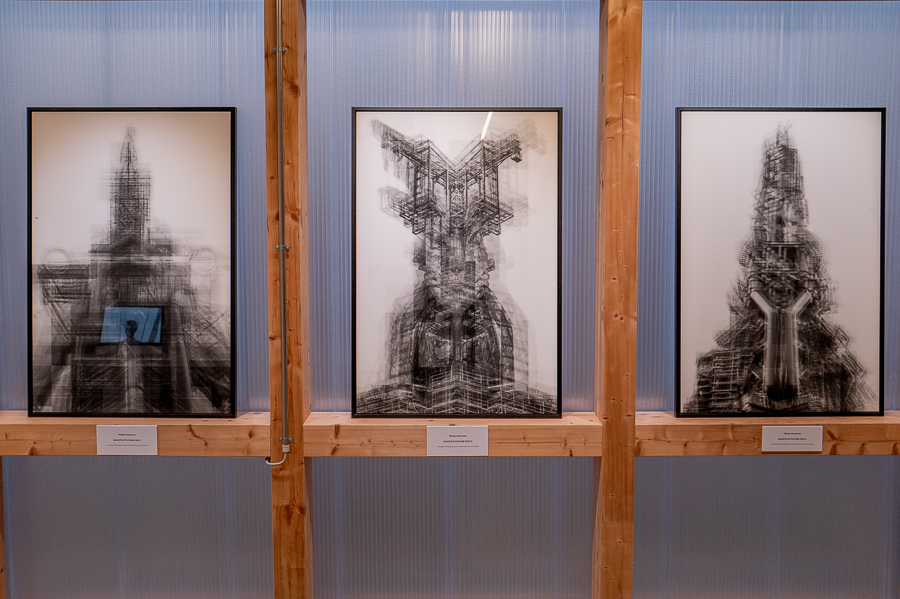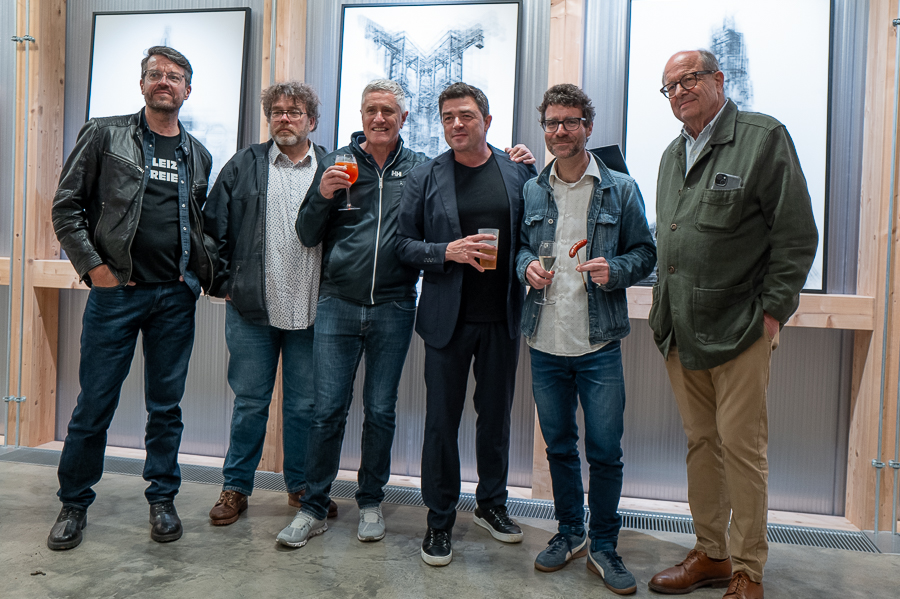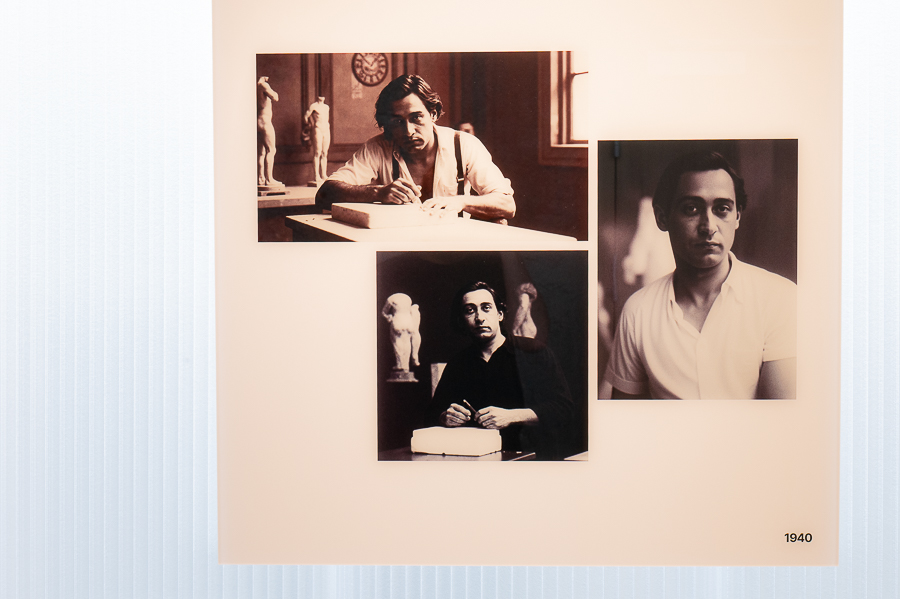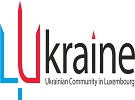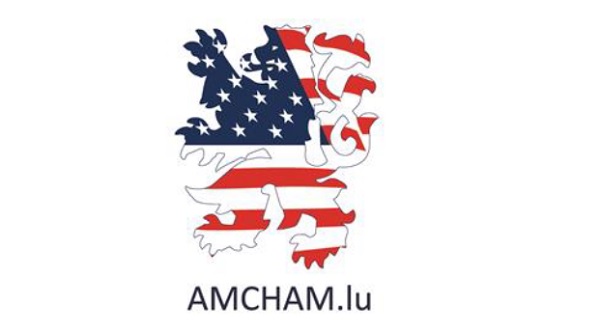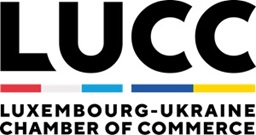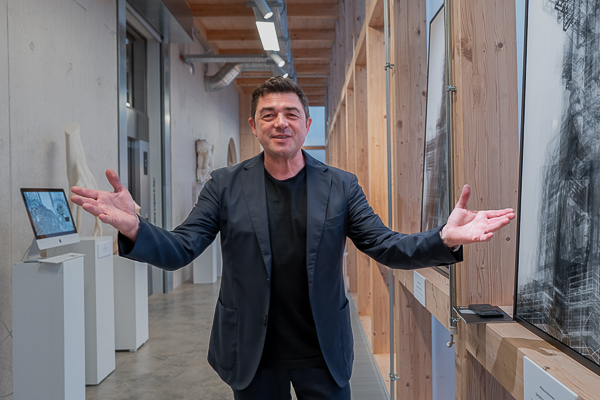 Guy Wolff, Director of Spektrum / Site Albert Hames;
Credit: Ali Sahib, Chronicle.lu
Guy Wolff, Director of Spektrum / Site Albert Hames;
Credit: Ali Sahib, Chronicle.lu
The opening of the exhibition “Re-Connected” took place at Spektrum / Atelier Albert Hames in Rumelange on Saturday 3 May 2025.
As detailed by the organisers, the exhibition “immerses visitors in new worlds by combining immersive light projections, digital photos and sculptures, electronic music, and interactive virtual and augmented reality glasses”.
“Re-connected” features the works of Miika Hainonen, Boris Loder, Steve Gerges and Misch Strotz, which spark a dialogue on the evolution of digital art in digital photography, from traditional composition to creation using artificial intelligence (AI).
Steve Gerges' audiovisual sculptures, called “Towers”, explore the future while recounting past iron ore mining, metallurgical expertise and the decline of industrial activity. Meanwhile, sculptures by Maité Seimetz, Charlotte Payet and Pit Molling share the space with the 1960s stone sculptures of Albert Hames, the Rumelange-based artist who has returned to the present as an AI-generated character.
The exhibition opening also brought together Pit Molling's electronic music and André Mergenthaler's cello - made possible by recording the sound waves produced by the two artists' musical improvisation, then translated into sculpture using a 3D printer. Choreography by dancer Jill Crovisier served to enhance this unique experiment.
Speaking to Chronicle.lu at the opening, Guy Wolff, an experienced photographer and Director of Spektrum/ Site Albert Hames, explained that the site includes the old house of his granduncle, the sculptor Albert Hames (1910-1989). Guy himself started making art in this house when he was just a child. “I grew up here,” he said. He was later asked to become director of the venue. “I decided to accept the director [role] here, because this is my world.” He mentioned his switch from analogue to digital photography in 2000, noting that the new era of artificial intelligence has now arrived. He said that the venue and this new exhibition focus on “where is art going in future. […] Here it's not an exhibition where you discover the intellect of the artist, but you can discover the artist, you can work with him. And here as a research centre, with artists, they want to go further. They will discover here digital art: if it fits for them, how can they identify themselves with new media, artificial intelligence, etc.”
Asked how he felt AI affects traditional art, Guy Wolff commented: “It's the same in the 1990s [with] analogue, when digital photography came, everybody said, this will never happen. Digital photography will never replace Hasselblad [cameras]”. Over time, people could take the same quality pictures with digital cameras as with analogue ones. As a photojournalist, Guy said he quickly adopted digital photography, which sped up the process. However, generally the switch to digital cameras was slow. Nowadays, “we are in a different mood”, he reflected. “Everybody knows that you have artificial intelligence, but it will not happen in five years. It's happened now,” he said.
The use of AI was highlighted at the exhibition opening: AI breathed new life into the figure of Albert Hames. “He died in 1989. Today, he will explain to the people what is the Spektrum. […] This is AI. How nice is it?”, said Guy, describing AI as “magic” – but acknowledging it is a tool that can be used or abused.
Also speaking to Chronicle.lu, Misch Strotz, CEO at LetzAI, noted how he had “resurrected Albert Hames” for the exhibition. “I created an AI model of Albert, and then I generated over 1,000 images of Albert, and I curated the nine best images from that selection and they got printed, and that's how I reimagined Albert, in the 1940s (so, during his time), in the 1990s, and in the 2040s, so ten years, fifteen years into the future, where he's wearing these AI glasses to make his sculptures.” He also used a short text, provided by Guy Wolff, to allow Albert to speak (in French) in a video.
On the topic of art and AI, Misch noted: “There are many ways that you can apply AI or any kind of algorithm to create art, but simply using the tool does not make you an artist. I think that's a very important differentiation that you need to make", namely determining when an image or sound becomes art. "That's a very different question than is AI art?"
The “Re-Connected” exhibition will run for six months, with two workshops planned each month and regular artist meetings. Exact dates will be published on the venue's website. Appointments can also be made via email: info@spektrum.lu. Entry is free of charge.
The Spektrum venue also hosts workshops for various ages.

